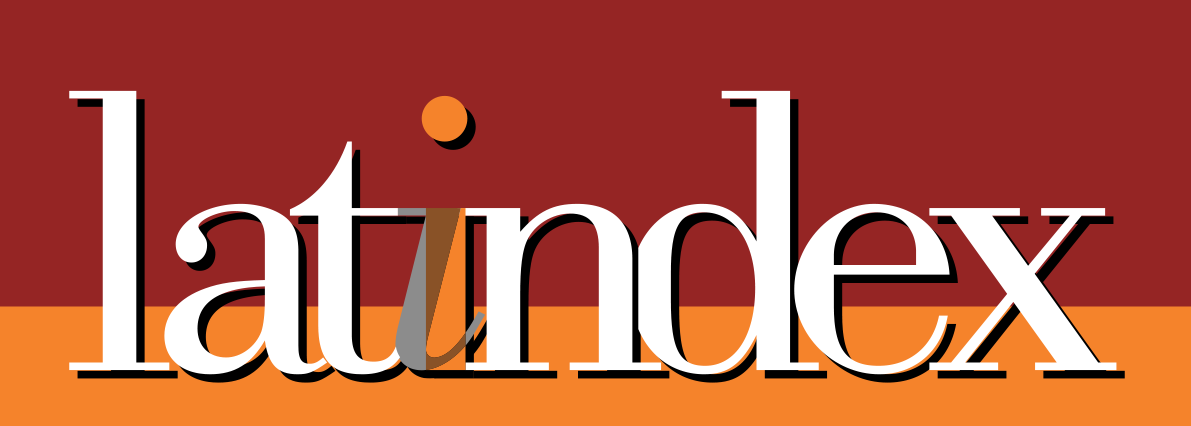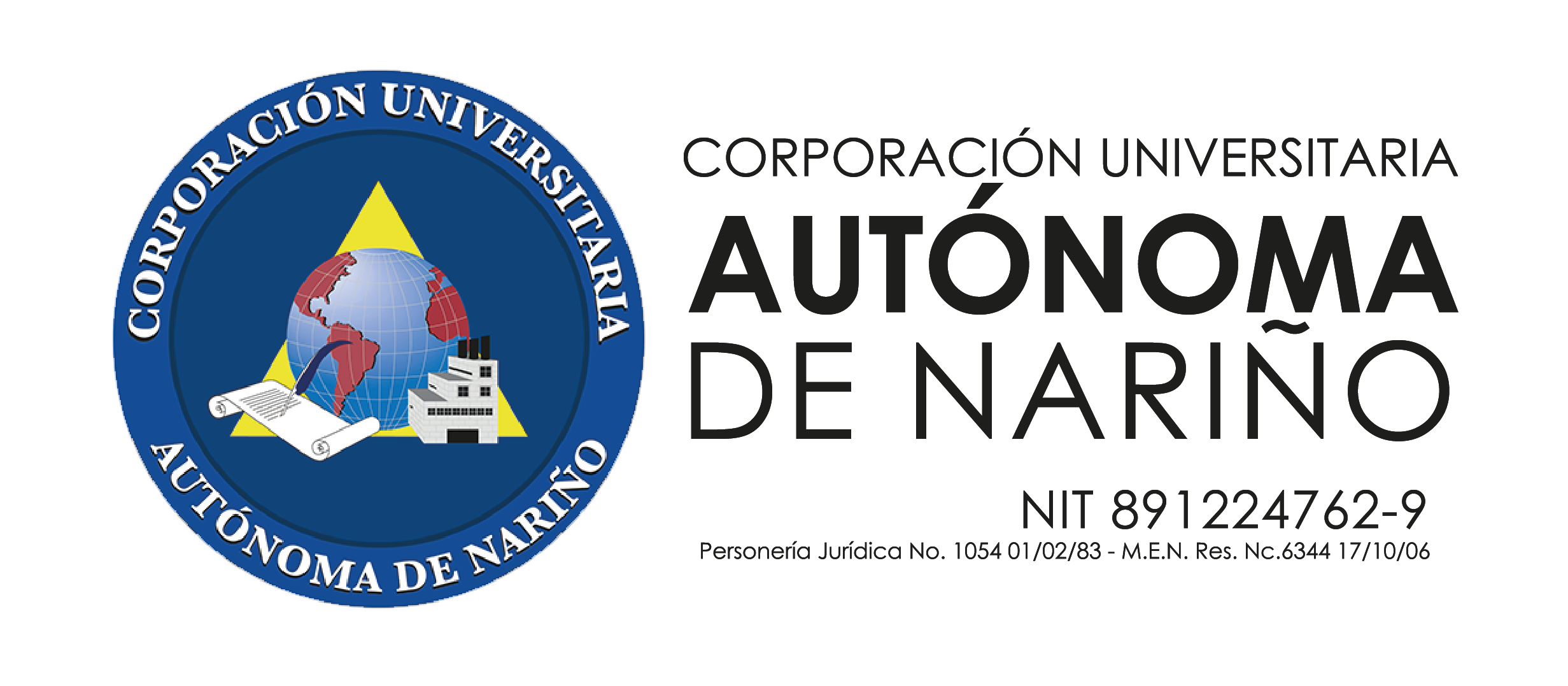Herramientas web para la difusión turística en El Churo, Ecuador
DOI:
https://doi.org/10.47666/summa.5.2.4Keywords:
Tourism, community, web toolsAbstract
The objective of this research is to apply web tools to establish the dissemination of tourism potential in the El Churo community with the purpose of materializing tourism dissemination to encourage promotion through online and offline actions. The methodology used in this research is under the positivist paradigm with the quantitative approach with the use of the inductive method and it is a descriptive type of research, which is based on observation. This procedure since it facilitates the use of techniques such as survey and interview. The study population corresponds to the El Churo Artisanal Fishery Production Association (ASOPROPECHU) with 64 members, who are participants in the Natural and Cultural Tourism research project in the Pedernales Canton of ULEAM-Ext. Pedernales, for which non-probabilistic sampling, of an occasional or opinion type, was implemented, being carried out on 30 members. As a result, the community presents tourist potential as a consequence of the physical-natural resources, such as the strategic position and its proximity to the sea, which benefits it due to the Cojimíes river estuary, where fishing is developed and can be transformed towards the sport fishing, bird watching, tours of the mangrove swamp, as well as land activities, cycle rides, traditional games and other activities to sustain culture. In conclusion, El Churo is presented as an opportunity to expand the offer in the Canton for its tourist resources.
Downloads
References
Caro, José Luis, Luque, Ana y Zayas, Belén (2015). “Nuevas tecnologías para la interpretación y promoción de los recursos turísticos culturales”, Pasos, Revista de Turismo y Patrimonio Cultural, 13(4)
Cadena, P; Rendón, R; y Aguilar, J. (2017). Métodos cuantitativos, métodos cualitativos o su combinación en la investigación: un acercamiento en las ciencias sociales. Scielo, México.
Candale, C. (2017). Las características de las redes sociales y las posibilidades de expresión abiertas por ellas. La comunicación de los jóvenes españoles en Facebook, Twitter e Instagram. Universidad de Bucarest
Gobierno Autónomo Descentralizado Del Cantón Pedernales. (2020). Plan De Desarrollo Y Ordenamiento Territorial Del Cantón Pedernales 2020-2032. Gad Pedernales. Https://Www.Pedernales.Gob.Ec/
Hernández, R., Fernández, C., Y Baptistas, P. (2018). Metodología De La Investigación. Mc Graw Hill Education.
Instituto Nacional De Estadísticas Y Censos. (2010). Resultados Del Censo 2010 De Población Y Vivienda En El Ecuador.
Mendes, G., Biz, A. A. y Gándara, J. M. (2013). Originalidad en la promoción turística en medios y comunidades. Un estudio comparativo entre lugares turísticos., 22 (1), 103-119.
Ministerio de Turismo (2021). La gastronomía ecuatoriana al alcance de todos. Obtenido en: http://goo.gl/SjKfe.
Pastrá Calles, F.R. , Macías Chila, R.R. , Montilla Pacheco, A. de J. y Mera Bravo, E.P. 2021. “Shrimp experience” desde la economía naranja para el turismo cultural en Pedernales. Turismo y Sociedad. 30, (dic. 2021), 149–167. DOI:https://doi.org/10.18601/01207555.n30.08.Sotomayor, M. (2019). Propuesta de difusión turística mediante herramientas web y estrategias de marketing digital. Caso de Estudio: Cantón Loja, Ecuador. Siembra, 6(1), 068–084. https://doi.org/10.29166/siembra.v6i1.1717.
Tenelema, F. (2020). Plan de Acción Turística para la Comunidad de Puerto Cayo. Disponible en: http://repositorio.unesum.edu.ec/bitstream/53000/2776/1/P.TITULACION%20FINAL-FERNANDA%20TENELEMA-%202.pdf.
Vicentin y Hoppen (2003). A Internet negocio de turismo no Brasil: Utilización y Perspectivas. [Consulta: 30 julio 2022].








